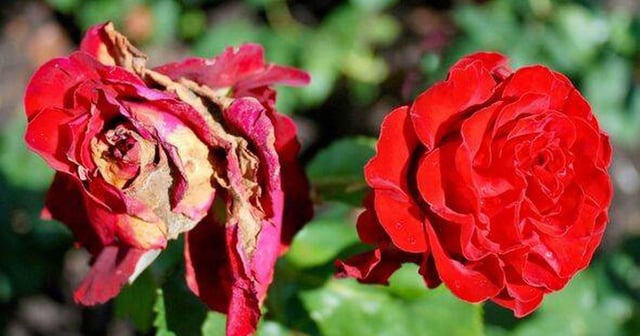Overview
- Rose rust, a fungal disease, starts spreading in May, appearing as orange or yellow spots on lower leaves and hindering photosynthesis.
- Experts stress the importance of inspecting roses regularly and removing infected leaves immediately to prevent the disease from spreading.
- Pruned material should be disposed of safely, with burning recommended where allowed, to eliminate dormant spores that could persist into spring.
- Fungicide treatments every 7–10 days are advised to disrupt the rust spore lifecycle and protect affected plants.
- Neem oil, a natural alternative to chemical fungicides, can be effective for early-stage management but requires caution in hot, dry conditions to avoid leaf burn.

